Have you ever watched your cat quietly disappear into a corner, refusing your touch, your voice, or even your gaze? The sting of feeling shut out by a beloved furry friend is more real than most people realize. It’s not just heartbreak—it’s confusion, worry, and a nagging sense of helplessness. But here’s the surprising truth: even the most withdrawn cat can rediscover trust, affection, and playfulness with the right approach. Reconnecting with a cat that’s emotionally withdrawn isn’t just possible—it’s a journey full of small victories, gentle patience, and rediscovered love. Let’s unravel the secrets to rebuilding that special bond, step by gentle step.
Understanding Why Your Cat Has Pulled Away
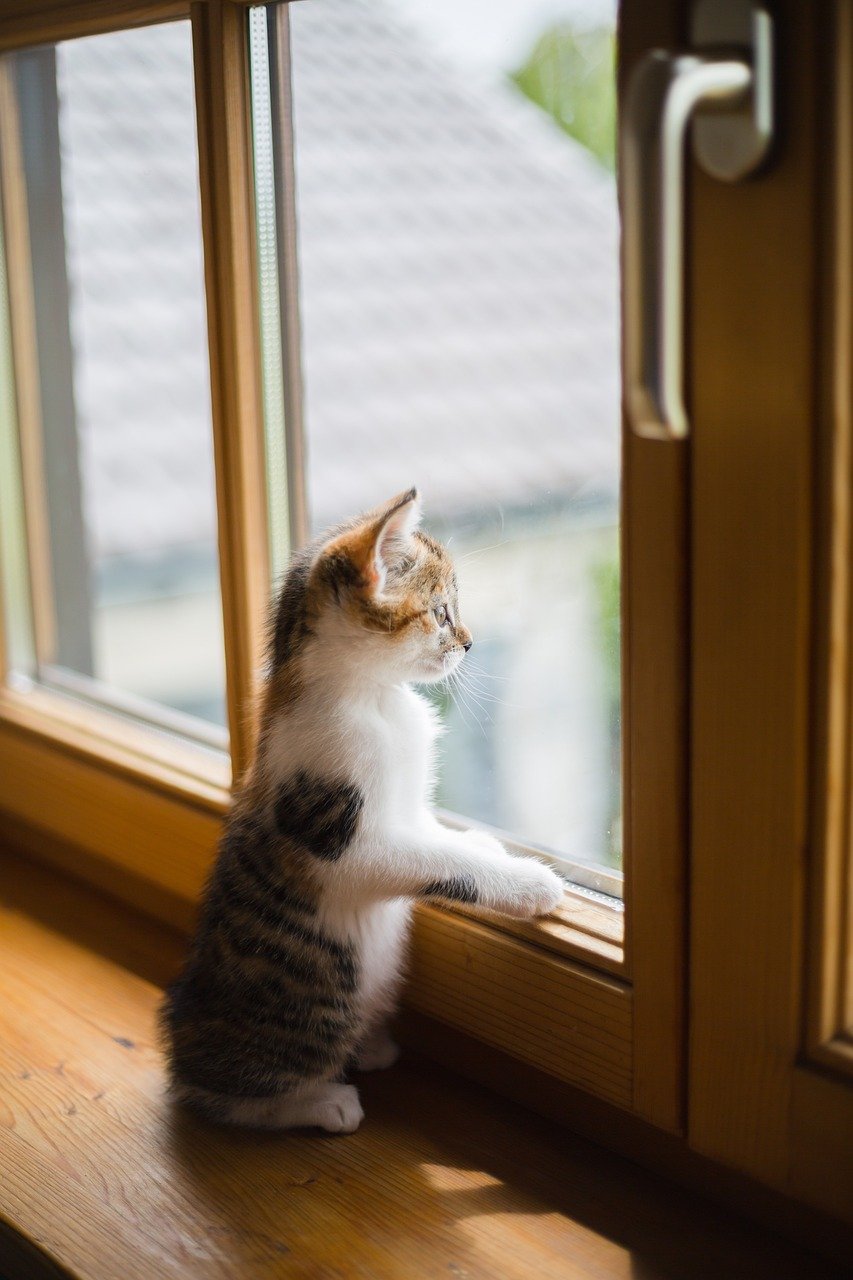
Before you can help your cat, it’s crucial to understand why they might be acting distant. Cats can withdraw for many reasons: illness, sudden changes at home, traumatic experiences, or even boredom. Sometimes, the cause is as simple as a new scent or as complicated as an old memory. Think about any recent shifts in your household—did you move furniture, bring in a new pet, or alter your routine? Even subtle changes can shake up a sensitive feline. Try to recall when you first noticed your cat’s withdrawal. Was it after a loud storm, a vet visit, or a period of extra busyness? Pinpointing the cause can help you address it gently and thoughtfully.
Recognizing the Signs of Emotional Withdrawal

Cats aren’t always obvious about their feelings. Emotional withdrawal can look like hiding, ignoring you, not playing, or even refusing treats. Some cats stare at walls or sleep more than usual. Others may stop grooming, leading to a dull coat. You might notice your cat avoiding eye contact or leaving the room when you enter. Pay attention to subtle changes, like a tail tucked tightly or flattened ears. Every cat is different, so compare your feline’s current behavior to their “normal” self. Trust your gut—if something feels off, you’re probably right.
Giving Your Cat the Gift of Space
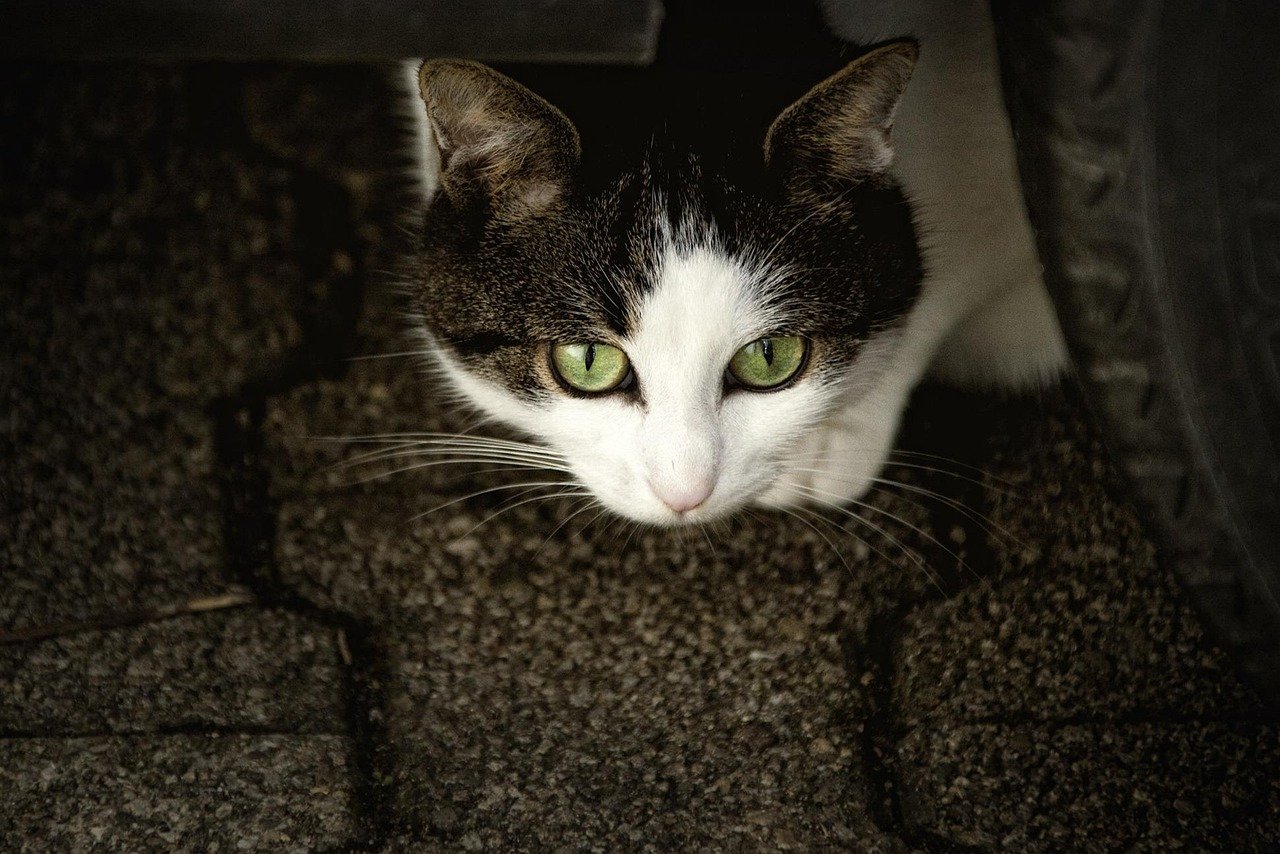
Cats need to feel in control of their environment, especially when they’re upset. It’s tempting to scoop up your furry friend and smother them with love, but this can backfire. Step back and let your cat come to you on their own terms. Set up cozy hiding spots with soft blankets in quiet corners. Avoid staring at or looming over your cat; instead, sit nearby and read or scroll your phone. Show your presence without pressure. Like people, cats need time to process their emotions. Letting them choose when and how to interact is the foundation for rebuilding trust.
Observing Without Intervening

Sometimes, the best way to help is simply to watch. Spend a few minutes each day quietly observing your cat from a distance. Notice their body language, where they go, and what makes them tense or relaxed. This isn’t about being a detective—it’s about understanding their comfort zones. Maybe your cat feels safer on top of the bookshelf rather than under the bed. Perhaps certain noises make them flinch. By learning these details, you’ll know how to adjust your behavior to help your cat feel more secure. Your patience will not go unnoticed.
Creating a Safe and Predictable Environment

A stressed or frightened cat thrives on predictability. Keep feeding times, play sessions, and cleaning routines consistent. Avoid noisy renovations or frequent rearranging of furniture for a while. If possible, set up a dedicated “safe room” for your cat, filled with familiar toys, their favorite scratching post, and a soft bed. Use calming pheromone diffusers to help reduce anxiety. Leave a piece of clothing with your scent in their hideaway. The goal is to make your cat feel secure and in control again. Think of this as building a foundation for emotional healing.
Re-Establishing Positive Associations

If your cat has started to associate you with stress or fear, it’s time to turn things around. Start by offering treats or meals in your presence, but don’t force interaction. Toss a treat gently nearby and let your cat come to it if they want. Use a calm, gentle voice when you’re in the same room. Try to be the source of good things—a soft toy, a new box, or a sprinkle of catnip. Over time, your cat will begin to link your presence with safety and pleasure, not anxiety or unpredictability.
Using Play as a Bridge

Play is more than just fun for cats—it’s therapy. Choose interactive toys like feather wands or laser pointers, but keep sessions short and gentle at first. Watch for signs of interest, like a twitching tail or perked ears, and stop immediately if your cat seems overwhelmed. Sometimes, simply rolling a ball across the floor can spark curiosity. Remember, play isn’t just about burning energy; it’s about rebuilding confidence and rebuilding bonds. If your cat doesn’t engage right away, don’t give up. Even a single swat at a toy is a step forward.
Respecting Individual Boundaries
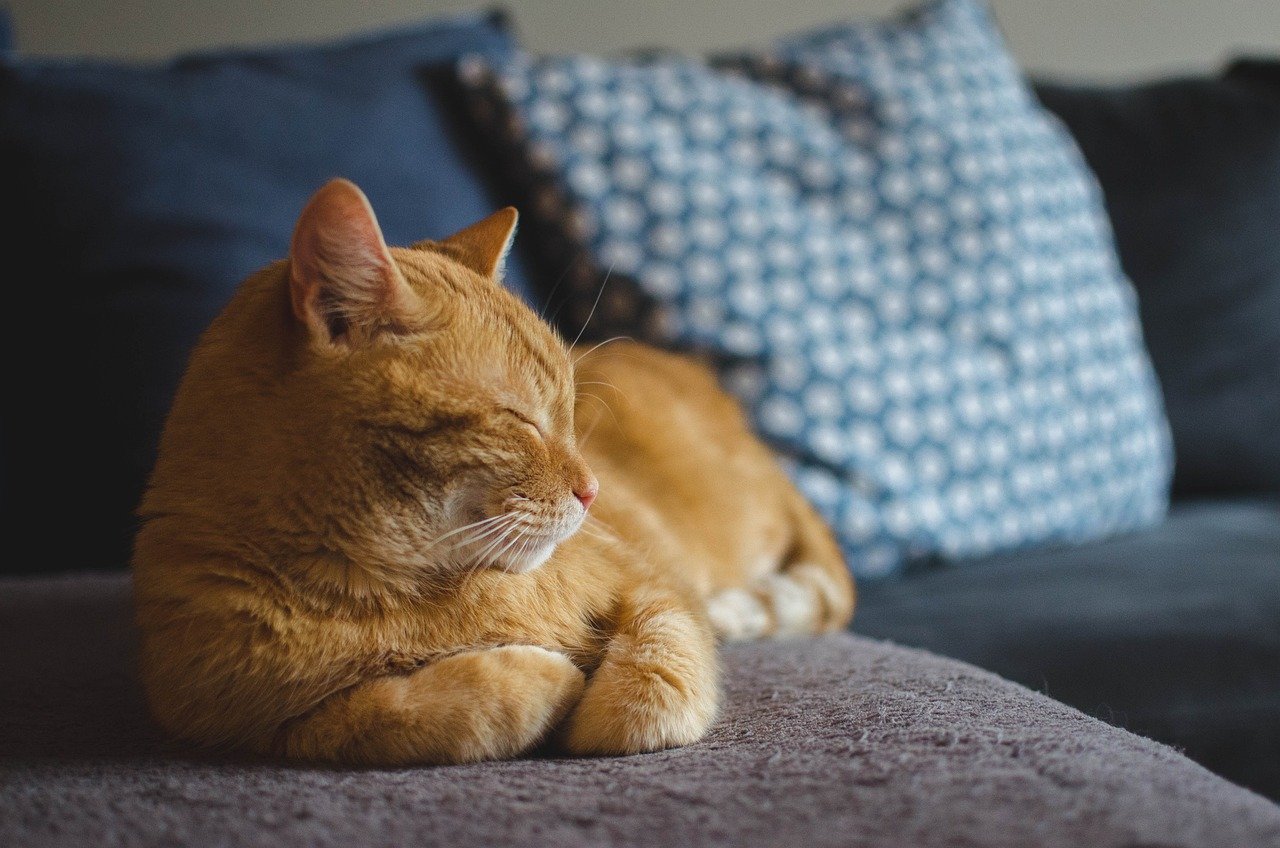
Every cat is unique. Some are naturally shy, while others bounce back quickly from setbacks. Pay close attention to your cat’s cues and don’t take it personally if they’re slow to warm up. Avoid forcing petting, picking up, or holding your cat, even if you miss the closeness. Instead, let your cat set the pace. You might notice they start sitting closer to you, blinking slowly, or rubbing against your leg. These small gestures are powerful signs of trust. Celebrate every tiny victory—each one is a brick in the bridge back to connection.
Reintroducing Gentle Touch

Once your cat seems comfortable in your presence, you can start reintroducing gentle physical contact. Extend a finger slowly and allow your cat to sniff it. If they lean in for a cheek rub, respond with a soft stroke. Focus on areas most cats love, like under the chin or behind the ears. Keep sessions short and end before your cat gets overstimulated. If your cat pulls away, respect their wishes and try again another day. Over time, these gentle touches can rekindle the warmth and trust you once shared.
Rebuilding Trust with Your Voice

Your voice is a powerful tool for reestablishing connection. Speak softly and calmly, using your cat’s name in a friendly tone. You can read aloud, sing, or simply talk about your day. Some cats find comfort in low, rhythmic sounds. Avoid sudden loud noises or high-pitched squeals, which can cause anxiety. Over time, your cat will begin to associate your voice with safety and calmness. You might notice them relaxing or even purring when you speak. This simple act can work wonders for emotional healing.
Incorporating Scent to Rekindle Familiarity
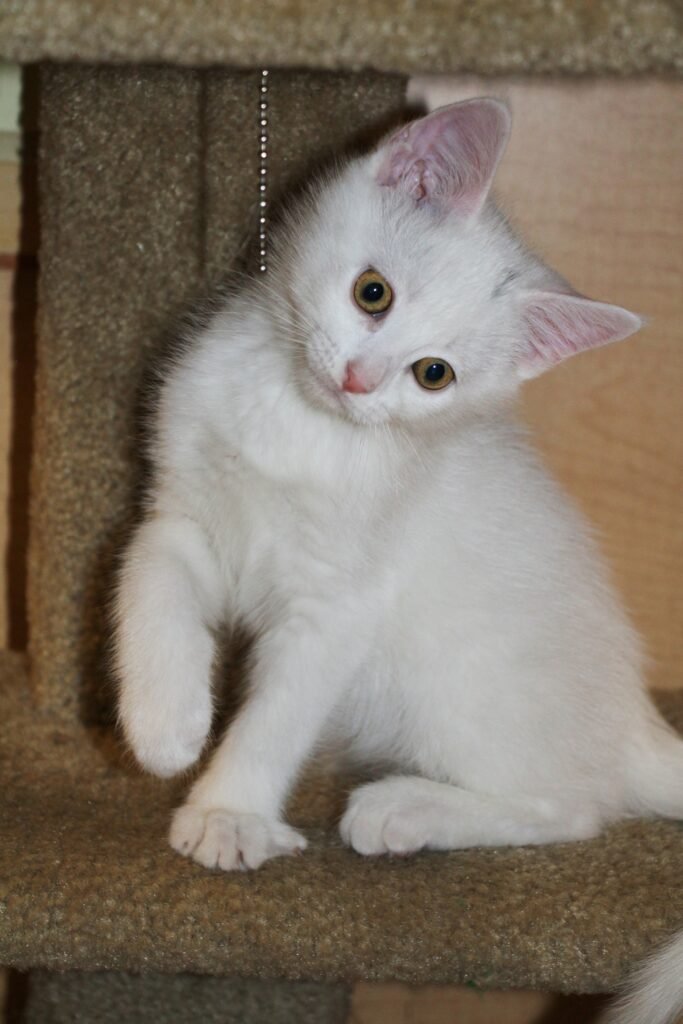
Scent is a huge part of how cats navigate their world. Try placing familiar-smelling items, like your worn T-shirt or a favorite blanket, near your cat’s safe spot. You can also gently rub a soft cloth on your cat’s cheeks (if they allow it) and then on their favorite places. This spreads their scent, making the environment feel more “theirs.” Some people even place unwashed pillowcases in their cat’s hideaway to offer comfort. Scent can be a silent, reassuring bridge between you and your cat.
Offering High-Value Treats for Positive Reinforcement

When your cat is ready, introduce irresistible treats—think bits of cooked chicken, tuna, or store-bought favorites. Use these treats as rewards for small steps, like coming out of hiding or sitting nearby. Don’t overdo it, but let your cat associate your presence with something delightful. Place treats closer to you each day, letting your cat decide when to approach. This gentle “breadcrumb trail” can encourage even the most cautious feline to venture out and reconnect.
Utilizing Interactive Feeders and Puzzle Toys

Cats love a challenge, especially when food is involved. Try using interactive feeders or puzzle toys to stimulate your cat’s mind and engage their natural curiosity. These toys can be placed near you to encourage your cat to come closer on their own terms. Watching your cat figure out a treat-dispensing puzzle can be surprisingly heartwarming. It’s a subtle way to remind your cat that life near you is interesting and rewarding, not scary or unpredictable.
Limiting Stressful Stimuli Indoors

Loud noises, unfamiliar smells, and sudden movements can make a withdrawn cat even more anxious. Do your best to keep the environment calm and peaceful. Turn down the TV, avoid vacuuming near your cat’s safe space, and ask family members to move quietly. If possible, keep other pets away from your cat’s sanctuary. The less stress your cat feels, the easier it will be for them to open up again. Think of your home as a gentle cocoon, sheltering your cat as they heal.
Establishing Consistent Routines

Cats find comfort in routines. Set regular times for feeding, play, and quiet bonding. Try to stick to these routines as much as possible, even on busy days. Predictability helps your cat regain a sense of control and lowers their anxiety. Announce feeding time with a soft call or by shaking the food container. Offer a favorite toy at the same time each evening. These little rituals become anchors, offering stability and comfort your cat can rely on.
Learning the Power of Slow Blinking

Have you ever noticed your cat blinking slowly at you? In the feline world, this is a sign of trust and affection. You can return the gesture by making eye contact and then slowly closing and opening your eyes. This nonverbal “I love you” can be surprisingly effective in soothing a withdrawn cat. Try it during quiet moments when your cat is nearby but not quite ready for physical interaction. Over time, your cat may respond with a slow blink of their own, signaling a growing sense of comfort.
Introducing Calming Aids and Supplements

If your cat remains anxious despite your best efforts, consider using calming aids. Pheromone diffusers, sprays, or calming collars can help some cats feel more at ease. There are also natural supplements designed to reduce feline stress. Always consult your veterinarian before introducing anything new, especially if your cat is on medication or has health issues. These aids aren’t magic, but they can provide an extra layer of support as you rebuild your bond.
Monitoring for Medical Issues

Sometimes, emotional withdrawal is actually a sign of physical illness. If your cat’s behavior changes suddenly, or if you notice symptoms like vomiting, diarrhea, or weight loss, schedule a vet visit right away. Chronic pain, dental problems, or thyroid issues can all manifest as withdrawal. Don’t assume your cat is “just being moody.” A clean bill of health from the vet will give you peace of mind and help you focus on emotional healing without worrying about underlying medical problems.
Seeking Professional Help When Needed

If your efforts aren’t making a difference, don’t hesitate to reach out for help. Cat behaviorists and veterinarians are trained to handle complex emotional problems. They can offer tailored strategies and support for both you and your cat. Sometimes, an outside perspective is exactly what you need to break through emotional walls. There’s no shame in asking for help—it shows your commitment to your cat’s well-being and your relationship.
Cherishing Every Small Step Forward
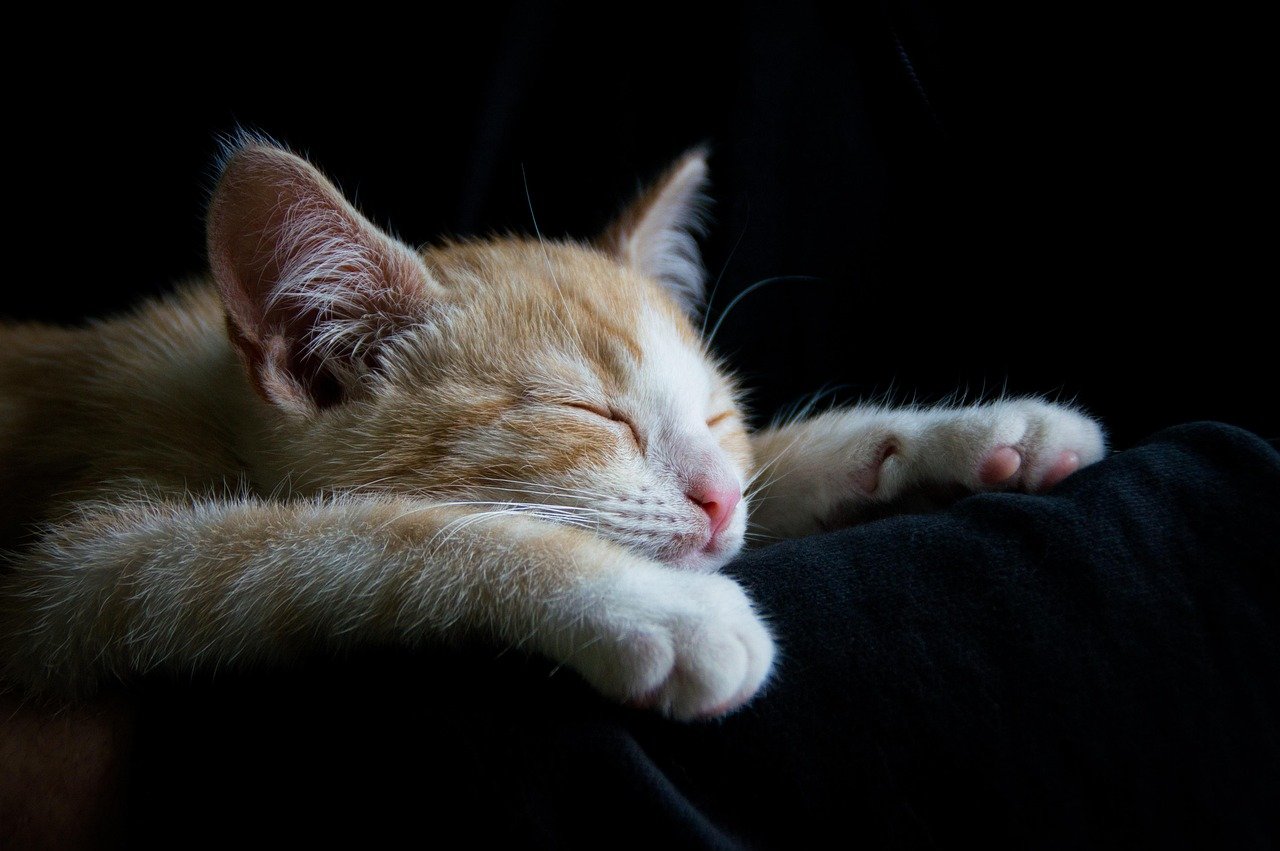
Progress with a withdrawn cat rarely happens overnight. Celebrate every tiny win—a head poke, a soft purr, or even just a curious glance. Keep a journal of your cat’s milestones to remind yourself how far you’ve come. Reconnecting with your cat is about patience, love, and unwavering hope. The journey may be slow, but every moment of trust regained is worth its weight in gold.
Hi, I’m Bola, a passionate writer and creative strategist with a knack for crafting compelling content that educates, inspires, and connects. Over the years, I’ve honed my skills across various writing fields, including content creation, copywriting, online course development, and video scriptwriting.
When I’m not at my desk, you’ll find me exploring new ideas, reading books, or brainstorming creative ways to solve challenges. I believe that words have the power to transform, and I’m here to help you leverage that power for success.
Thanks for stopping by, Keep coming to this website to checkout new articles form me. You’d always love it!






